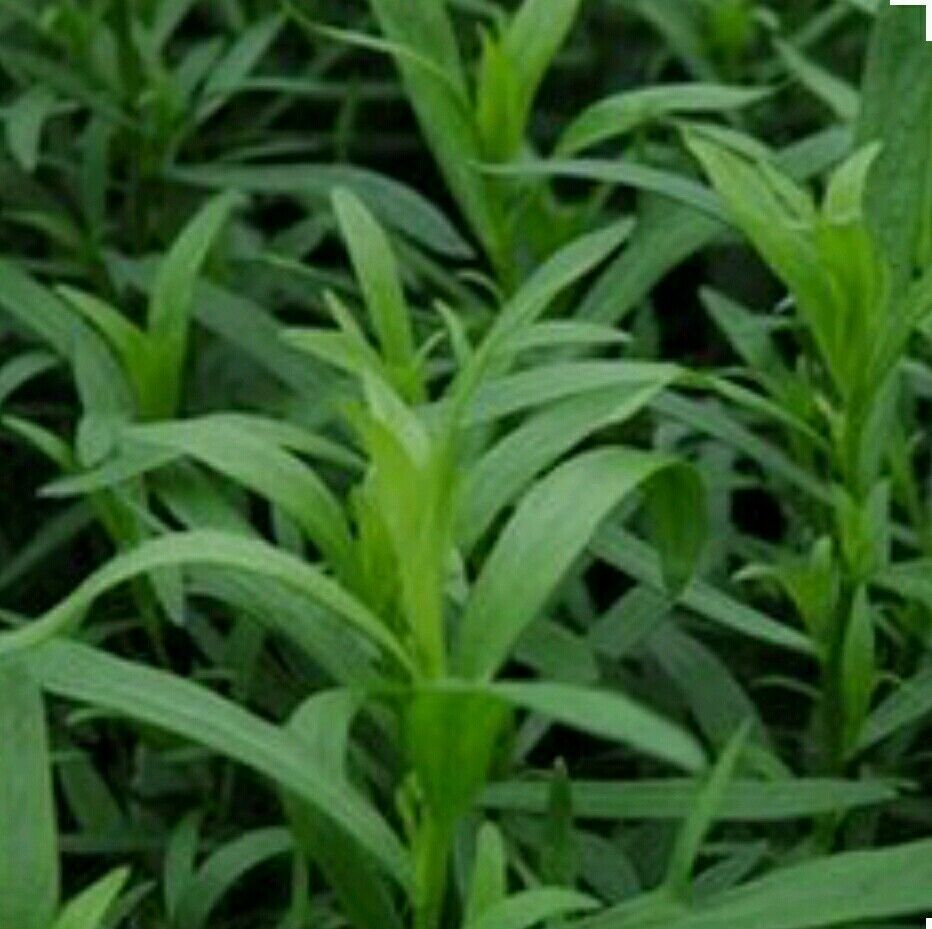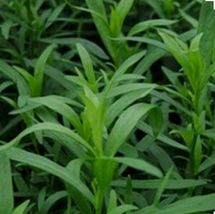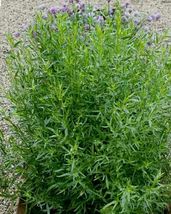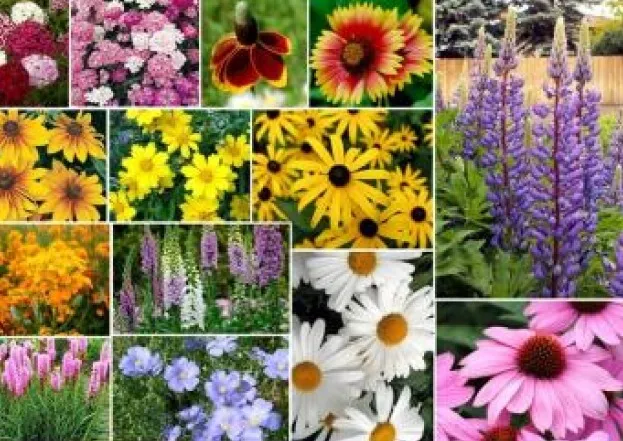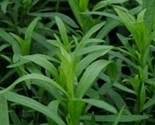Rendered at 15:58:37 11/01/25
Sign up and get $5.00 bCredits free to use at checkout and another $5.00 bCredits when you make your first purchase. More info
TARRAGON -300 Herb Seeds -Non GMO-Organic-Open Pollinated.
$55.63 MXN
(It may be possible to pay only $2.50 instead of $3.00 when you
use your bCredits at checkout)
Sign up and get $5.00 bCredits free to use at checkout and another $5.00 bCredits when you make your first purchase. More info
Los buques de
Indonesia

Share & earn! Sign in, share this or any listing, and you’ll get commission when it sells.
Learn more
Las opciones de envío
No hay precio de envío se especifica en MX
Los buques de
Indonesia

La política de devoluciones
Protección de compra
Opciones de pago
PayPal accepted
PayPal Credit accepted
Venmo accepted
PayPal, MasterCard, Visa, Discover, and American Express accepted
Maestro accepted
Amazon Pay accepted
Nuvei accepted
Las opciones de envío
No hay precio de envío se especifica en MX
Los buques de
Indonesia

La política de devoluciones
Protección de compra
Opciones de pago
PayPal accepted
PayPal Credit accepted
Venmo accepted
PayPal, MasterCard, Visa, Discover, and American Express accepted
Maestro accepted
Amazon Pay accepted
Nuvei accepted
Rasgos del artículo
| Categoría: | |
|---|---|
| cantidad disponible: |
100 En stock |
| Condition: |
New |
| Brand: |
Unbranded |
Detalles del anuncio
| Envío de descuento: |
No ofrece el envío combinado |
|---|---|
| Publicado en venta: |
Más de una semana |
| Artículo número: |
1627050270 |
Descripción del Artículo
Item specifics
Brand
Unbranded
Type
Herb Seeds
Common Name
Tarragon
Foliage
Open Pollinated.
Sunlight
Partial Shade
Features
Open-Pollinating
Item description from the seller
Buy 2 or more packets of mix and match seeds and get a free packet of seeds.
Russian tarragon herb, also known as dragon wort, is a very popular culinary herb used as flavoring agent, especially in the Mediterranean cuisines.
This aromatic perennial growing herb is rich in phytonutrients as well antioxidants that help promote health and prevent diseases.
This exquisite herb is rich in numerous health benefiting phyto-nutrients that are indispensable for optimum health.
The main essential oils in tarragon are estragole (methyl chavicol), cineol, ocimene and phellandrene.
Traditionally, tarragon has been employed as a traditional remedy to stimulate appetite and alleviate anorexic symptoms.
Scientific studies suggest that poly-phenolic compounds in this herb help lower blood-sugar levels.
Russuan tarragon herb is one of the highest antioxidant value food sources among the common herbs.
Its total measured ORAC (Oxygen radical absorbance capacity) value is 15,542 trolex equivalents (TE) per 100 g.
Laboratory studies on tarragon extract shows certain compounds in them inhibit platelet activation, preventing platelet aggregation and adhesion to the blood vessel wall.
It, thus, helps prevent clot formation inside tiny blood vessels of heart and brain protecting from heart attack, and stroke.
The herb is very rich source of vitamins such as vitamin-C, vitamin-A as well as B-complex group of vitamins such as folates, pyridoxine, niacin, riboflavin, etc., that function as antioxidant as well as co-factors for enzymes in the metabolism.
Tarragon is a notably excellent source of minerals like calcium, manganese, iron, magnesium, copper, potassium, and zinc.
Manganese is utilized by the body as a co-factor for the antioxidant enzyme,superoxide dismutase. Iron is essential for cellular respiration (co-factors for cytochrome-oxidase enzyme) and blood cell production.
Direct-sow your tarragon seeds when the soil temperatures reach 60 to 70F. Germination: Expect to see seedlings emerge in 7 to 14 days. Planting Depth: Tarragon requires sunlight to germinate, so plant your seeds on the soil's surface, or no more than 1/16 beneath. Spacing: Tarragon shouldn't be crowded.
How to Grow Tarragon
Tarragon may not be the most attractive herb, but it's flavorsome, easy to grow, hardy and drought-resistant.
Planting up in early spring will help ensure the best flavor, and making sure your Tarragon doesn't get too much direct sun in hot climates is best. You'll also need to select a sandy, well-draining soil.
Soil
Tarragon doesn't like wet conditions. It's a drought-resistant herb and needs a well-drained, sandy, light soil for best growth. A rich, acidic, moist soil will result in poor growth, rotting roots and a reduced flavor.
Water
How much you water your Tarragon will depend on the weather conditions and the maturity of the plant.
Young Tarragon will benefit from watering on alternate days if you're experiencing prolonged hot, dry spells. Mature Tarragon, however, should be fine with a light watering every few days. Check the top inch of soil before watering. If it's moist, no need to water, If it's dry, give it a drink.
These plants can cope in dry ground, and care should be taken not to overwater as this will diminish growth and flavor intensity. Although Tarragon will survive with little water, if it's left too dry, it can impact on the growth of the leaves.
Temperature and Humidity
This hardy plant is not too fussy about temperatures. It can still grow if a cold snap hits. The main thing is that Tarragon doesn't like intense heat and sun and it doesn't do well in high humidity.
In very cold conditions, you would be best to put mulch around the plant in winter to help protect the roots when it dies back and goes into dormancy.
Fertilizer
Tarragon doesn't need fertilizer to do well. The best flavor is achieved when it's planted in low-nutrient soil. If you're going to use some, an all-purpose variety should only be applied in the initial planting stage.
Will be shipped from Manhasset, New York. From store called Flower Shop Inc.Florist and greenhouse situated in Long Island, New York. Been in business for 20 years and counting.
Get an item reminder
We'll email you a link to your item now and follow up with a single reminder (if you'd like one). That's it! No spam, no hassle.
Already have an account?
Log in and add this item to your wish list.


